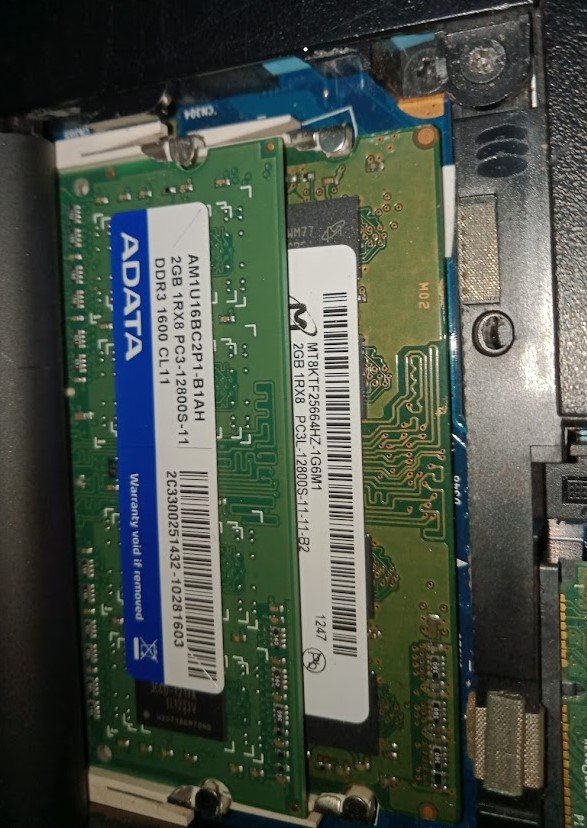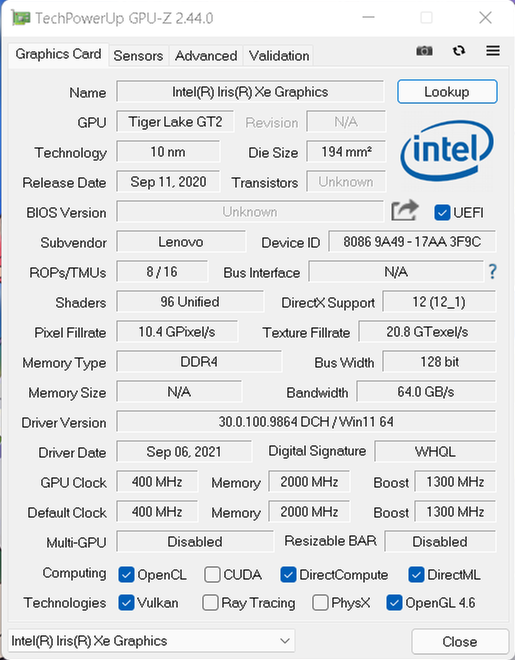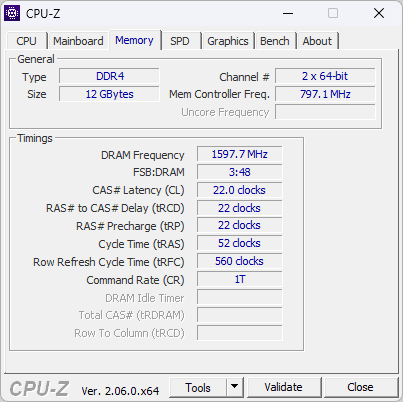Comparing: DDR3 SODIMM 1066MHz [Disk] vs Intel Iris Xe Graphics (80EUs, Tiger Lake) [Disk]
In this comparison, we analyze two Disks: DDR3 SODIMM 1066MHz [Disk] and Intel Iris Xe Graphics (80EUs, Tiger Lake) [Disk], using synthetic benchmark tests to evaluate their overall performance. This side-by-side comparison helps users understand which hardware delivers better value, speed, and efficiency based on standardized testing. Whether you're building a new system or upgrading an existing one, this benchmark-driven evaluation offers valuable insights to guide your decision.
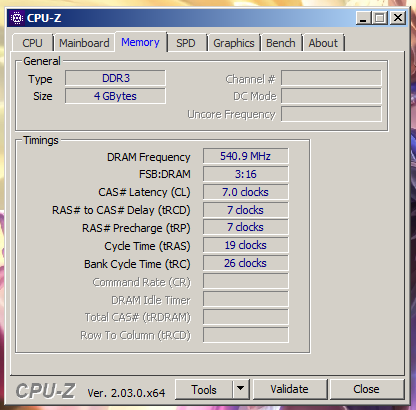
DDR3 SODIMM 1066MHz [Disk]
| Type: | Disks |
|---|---|
| Model: | DDR3 SODIMM 1066MHz [Disk] |
| Capacity: | 2GB |
| Interface: | DDR3 |
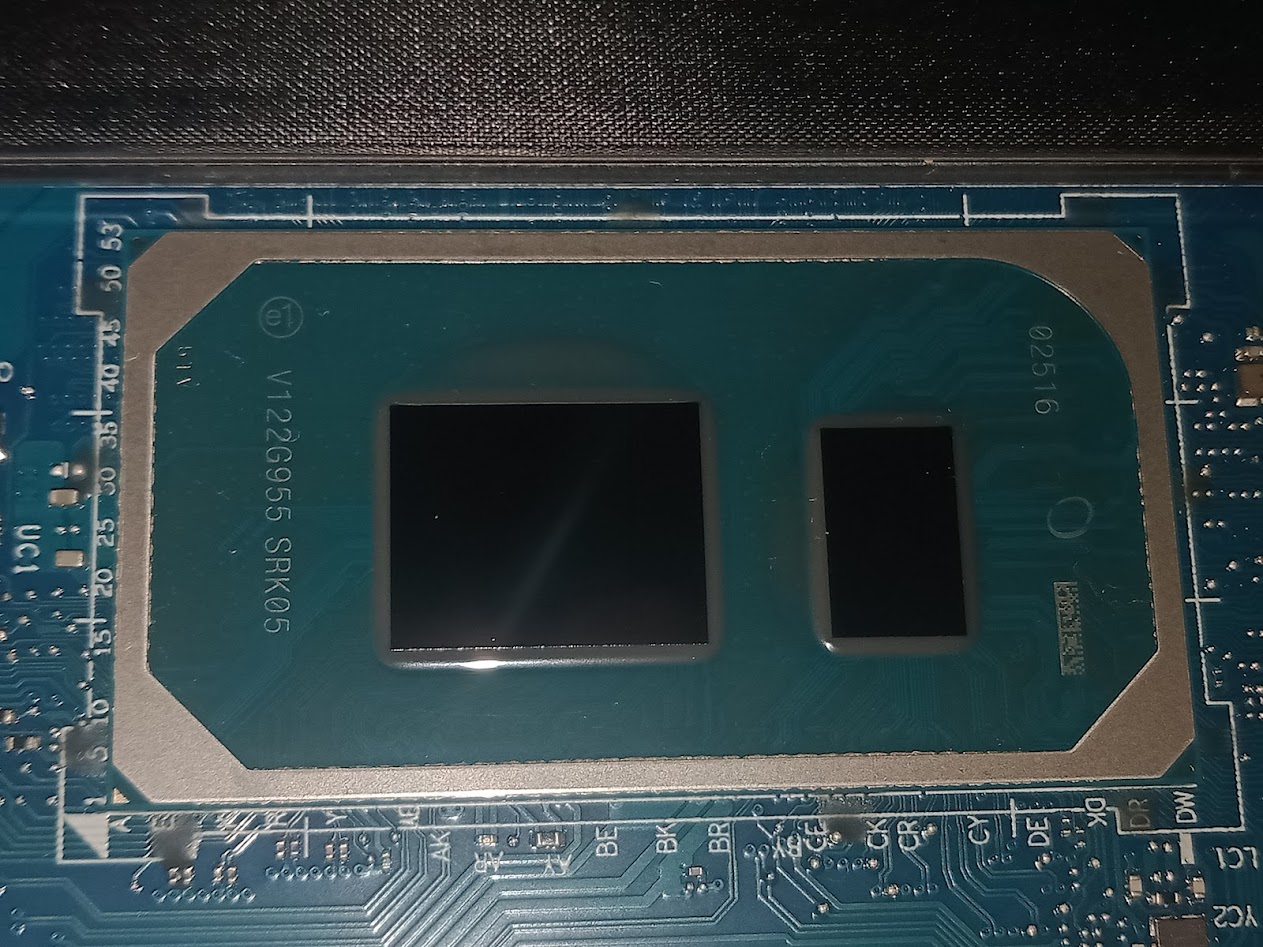
Intel Iris Xe Graphics (80EUs, Tiger Lake) [Disk]
| Type: | Disks |
|---|---|
| Model: | Intel Iris Xe Graphics (80EUs, Tiger Lake) [Disk] |
| Capacity: | 2GB |
| Interface: | DDR4 |
Specification Comparison Table
This specification comparison presents technical details of several devices or components to help you understand the key differences between each option. Use this table as a reference to determine which device best suits your needs.
| Specification | DDR3 SODIMM 1066MHz [Disk] | Intel Iris Xe Graphics (80EUs, Tiger Lake) [Disk] |
|---|---|---|
| Brand | - | - |
| Format | RAM Disk | VRAM Disk |
| Capacity | 2GB | 2GB |
| Interface | DDR3 | DDR4 |
Submission Comparison Table
This submission comparison table displays the number and details of benchmark data submissions from various devices or components. This information helps you understand the performance based on the benchmarks that have been tested, as well as providing an overview of the consistency and popularity of the available benchmark results.
| No. | Benchmark Software | DDR3 SODIMM 1066MHz [Disk] | Intel Iris Xe Graphics (80EUs, Tiger Lake) [Disk] |
|---|---|---|---|
| 1 | ATTO Disk Benchmark - 64M |
Read: 1020.00 MB/s Write: 1080.00 MB/s |
Read: 2430.00 MB/s Write: 2450.00 MB/s |
| 2 | CrystalDiskMark |
Read: 746.24 MB/s Write: 828.18 MB/s |
Read: 2758.52 MB/s Write: 2109.43 MB/s |
Submission Comparison Chart
This chart visualizes the benchmark scores comparison between two hardware devices based on submitted data.
Media Gallery
A collection of photos of tested hardware. These images can help you identify the physical form, model, and variant of the hardware in question. These photos are from our own documentation, and if they are not available we may not be able to document them.
About Hardware DDR3 SODIMM 1066MHz [Disk]
DDR3 SODIMM 1066MHz is a third-generation memory module with a speed of 1066MHz that is commonly used in laptops and small devices. With the SODIMM form factor, these modules are often the standard choice for mobile computing systems, serving as the main memory for running operating systems, applications, and light to medium multitasking processes.
However, in this particular experiment, two 1066MHz DDR3 SODIMM modules from Micron and ADATA (2GB capacity each) were uniquely configured as a RAMDisk, a temporary storage space that uses RAM capacity to simulate a storage drive with much higher access speeds than SSDs or HDDs.
The 1066MHz DDR3 SODIMM-based RAMDisk test was conducted on an HP 1000 1b05au laptop device, powered by an AMD E1-1200 processor. The system is equipped with a 2x2GB DDR3 SODIMM 1600MHz RAM configuration, but due to processor architecture limitations, the memory only runs in single channel mode with an effective speed of 1066MHz. The operating system used is Windows 7, and to create and manage the RAMDisk, two popular applications, SoftPerfect RAMDisk and ImDisk Virtual Disk Driver, were used. The configured RAMDisk size was 2GB, utilizing some of the available RAM capacity.
Even though the device specifications are old and have limited memory bandwidth, the RAMDisk configured in this system was still able to show excellent performance in the read and write speed benchmarks. Based on tests using CrystalDiskMark, the read speed reached 746.24 MB/s, while the write speed touched 828.18 MB/s. In a follow-up test using ATTO Disk Benchmark with a 64MB block size, the read speed increased to 1020.00 MB/s, and the write speed reached 1080.00 MB/s. These results prove that even on older systems, RAMDisk configurations are still capable of delivering very high I/O performance, far surpassing conventional storage such as HDDs or even some SSDs.
Analysis
The results show that a 1066MHz DDR3-based RAMDisk is still capable of delivering data transfer speeds on par with entry-level NVMe SSDs, even outperforming many SATA SSDs and leaving conventional HDDs far behind. This makes RAMDisks an ideal solution for temporary use such as:
- Application caching,
- Temporary file storage,
- Fast computing with high I/O,
- Software or script testing without the risk of contaminating the main file system.
Although limited to a small capacity (2GB in this test), RAMDisk is still very useful for specific needs, especially for users with more than enough RAM or older devices that want to maximize their performance.
Test on:
Device: HP 1000 1b05au
Specs:
CPU: AMD E1-1200
OS: Windows 7
RAM: 2x2GB Single Channel 2 DIMM 1066MHz (Does not support dual channel due to limitations of the CPU, currently running single channel mode and 1066MHz)
Wednesday, 26 December 2012 14:27:32 | Update: 1 month ago
About Hardware Intel Iris Xe Graphics (80EUs, Tiger Lake) [Disk]
Intel Iris Xe Graphics (80EUs, Tiger Lake) is the integrated graphics solution (iGPU) of the 11th generation of Intel Core processors, specifically the Tiger Lake series. With 80 Execution Units (EUs) and support for Intel's latest graphics architecture, Iris Xe is capable of delivering significantly better performance than previous generations, including in terms of lightweight graphics rendering, 4K video playback, and casual gaming. Another advantage is its excellent power efficiency as it is directly integrated in the CPU, making it ideal for thin and power-saving laptops.
In this test, Iris Xe Graphics was configured to utilize part of its shared memory as a VRAMDisk. The VRAMDisk concept allows the use of a portion of VRAM-which in iGPUs like Iris Xe comes from the main system RAM-as high-speed storage. While not as fast as physical RAM-based RAMDisks, VRAMDisks on iGPUs still offer very high read/write speeds, mainly due to the optimization of the graphics architecture and the wide memory bandwidth.
The test was conducted on a Lenovo IdeaPad Slim 3i 14ITL6, with an Intel Core i5-1135G7 processor, 12GB DDR4 3200MHz dual channel RAM, and Windows 11 22H2 operating system. Based on data from dxdiag, the dynamically available VRAM reaches 6GB, and in this test, 2GB was allocated as VRAMDisk using GPU RAM Drive software.
Benchmark results from CrystalDiskMark show read speeds of 2758.52 MB/s and write speeds of 2109.43 MB/s. These speeds are significantly higher than SATA SSDs and even close to mid-range NVMe SSDs, making VRAMDisks on iGPUs an attractive experimental solution for temporary data caching, storage performance testing or other specialized scenarios. With a 128-bit bus width and support for 3200MHz DDR4 memory, Iris Xe VRAMDisk shows that even integrated graphics can be creatively utilized for high-speed storage tasks.
Device test (testbed):
Device: Lenovo IdeaPad Slim 3i 14ITL6
CPU: i5 1135G7
RAM: 12GB DDR4 3200MHz Dual Channel (8+4)
OS: Windows 11 22H2
Friday, 06 August 2021 04:34:19 | Update: 1 month ago

